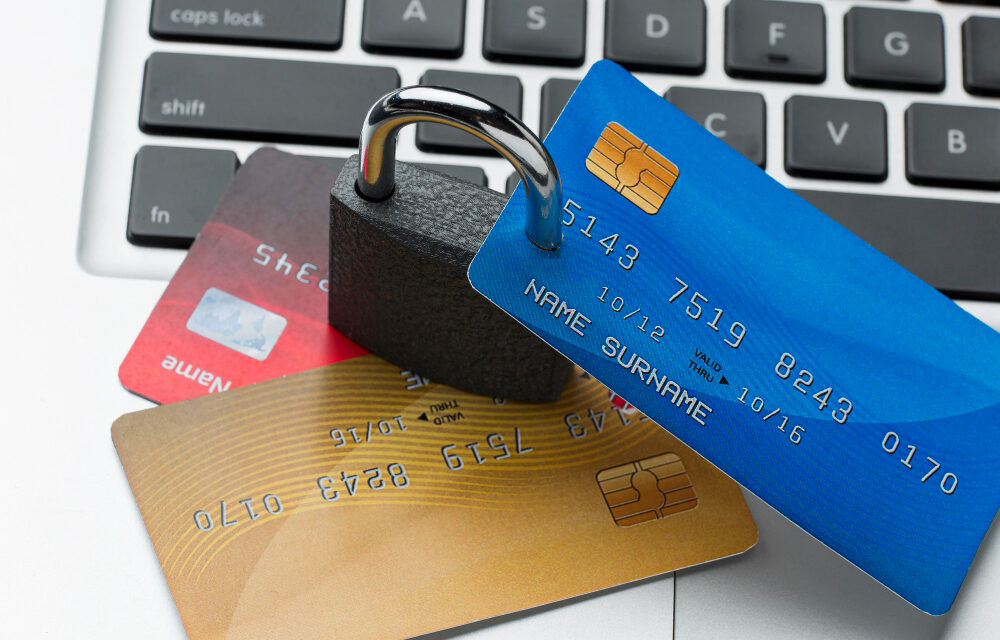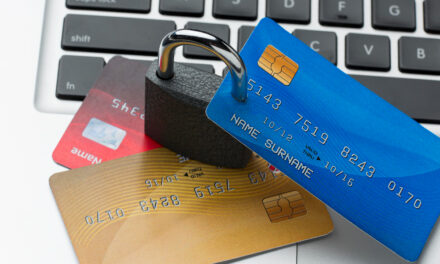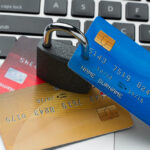
How to Build Credit with a Secured Credit Card

How to build credit with a secured credit card is a question asked by many people starting their financial journey. A secured card is designed for individuals with no credit history or poor credit scores. It works like a regular credit card but requires a cash deposit. This deposit serves as collateral and reduces the lender’s risk. For more tips on building better habits, check out our Natural Remedies for Anxiety Without Medication — because financial stress and mental well-being are closely connected.
What Is a Secured Credit Card?
A secured credit card is a type of credit card that requires an upfront cash deposit. The deposit is usually equal to the credit limit. For example, a $500 deposit gives a $500 limit. The card can be used for purchases just like a regular credit card.
The difference is that the issuer holds your deposit as security. If payments are missed, the deposit can be used to cover the debt.
Source: Consumer Financial Protection Bureau – Secured Cards
Why Use a Secured Credit Card to Build Credit?
-
Payments are reported to major credit bureaus.
-
Positive payment history increases your credit score.
-
It’s easier to qualify for than unsecured cards.
-
Financial discipline can be developed.
Secured cards are recommended by many financial experts for beginners and those rebuilding credit. If you want to work on discipline in other areas of life too, our Healthy Breakfast Ideas for Busy Mornings post can help you start the day right.
Reference: Experian – Secured Credit Cards
Step-by-Step Guide to Building Credit with a Secured Card
1. Choose the Right Secured Credit Card
Not all secured cards are equal. Compare:
-
Annual fees
-
Minimum deposit
-
Reporting to all three credit bureaus (Equifax, Experian, TransUnion)
-
Upgrade options to an unsecured card
Example resource: NerdWallet – Best Secured Credit Cards
2. Make a Security Deposit
A deposit is required before use.
-
Typical deposits: $200–$2,000
-
Some cards allow deposit increases to raise credit limits
Deposits are refundable when the account is closed in good standing or upgraded.
3. Use the Card for Small Purchases
The card should be used regularly but responsibly.
-
Keep utilization below 30% of the limit.
-
For a $500 limit, spend no more than $150 monthly.
This shows lenders you can manage credit wisely.
4. Pay the Balance in Full Each Month
Interest charges should be avoided.
-
Always pay before the due date.
-
Never carry a large balance.
Timely payments have the biggest impact on your credit score.
5. Monitor Your Credit Reports
Credit activity should be checked regularly.
-
Get free reports at AnnualCreditReport.com
-
Verify that payments are reported correctly.
Mistakes on reports should be disputed immediately.
6. Request an Upgrade
After 6–12 months of responsible use, some issuers may upgrade your account to an unsecured card.
-
Deposit is refunded
-
Credit limit may increase
-
Credit score improves with consistent use
Best Practices for Building Credit
-
Keep utilization low
-
Pay on time, every time
-
Avoid unnecessary applications for new credit
-
Use auto-pay to prevent missed payments
-
Check for hidden fees and interest rates
If you’re looking for ways to improve discipline and motivation, our 5-Min Self-Care Habits for Overthinkers can help you stay consistent.
Common Mistakes to Avoid
-
Maxing out the card
-
Missing payments
-
Applying for multiple cards at once
-
Closing the card too early
Impact on Your Credit Score
Payment history makes up 35% of your credit score. Credit utilization counts for 30%. A secured card can improve both factors when used responsibly.
For more information on credit scoring: FICO – Understanding Credit Scores
How Long Does It Take to Build Credit?
Results vary.
-
Some see improvement in 3–6 months.
-
Significant improvement may take a year or more.
Consistency is key. Good habits must be maintained even after upgrading to an unsecured card.
Secured vs. Unsecured Credit Cards
| Feature | Secured Card | Unsecured Card |
|---|---|---|
| Deposit Required | Yes | No |
| Approval Ease | Higher | Lower |
| Credit Limit | Equal to deposit | Based on creditworthiness |
| Risk to Lender | Low | Higher |
Alternatives to Secured Cards
-
Credit-builder loans — Offered by some banks and credit unions.
-
Becoming an authorized user — Someone with good credit adds you to their account.
-
Retail store credit cards — Easier to qualify for but often have high interest rates.
If you want to learn how to plan finances alongside lifestyle changes, you can also read our Keto Diet for Beginners Over 40 — it’s all about long-term habits.
Financial Tips While Using a Secured Card
-
Treat it like a debit card—spend only what you can repay.
-
Avoid cash advances—they have high fees.
-
Review statements every month to catch errors.
FAQs About Building Credit with a Secured Card
1. How much should I deposit on a secured card?
Deposit an amount you can afford. A higher deposit can mean a higher limit, which helps utilization.
2. Can I get my deposit back?
Yes. When the account is closed in good standing or upgraded, the deposit is refunded.
3. Does a secured card work for people with no credit?
Yes. It’s one of the most recommended ways to start building credit.
4. Will applying for a secured card hurt my credit?
A hard inquiry will be recorded. It may cause a small, temporary drop.
5. How long should I keep the secured card?
At least 6–12 months before upgrading or switching to another product.
Conclusion
Learning how to build credit with a secured credit card is a practical step for improving financial health. A secured card is easy to qualify for. Payments are reported to credit bureaus. Responsible use increases credit scores over time. The key is consistency, low utilization, and timely payments.
You can also explore our Remote Jobs That Don’t Require a Degree to find income opportunities that can help you stay financially stable while building credit.
















